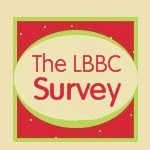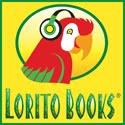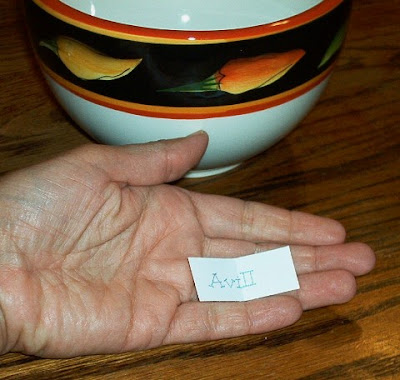The LBBC’s recommendation for November’s Libro del Mes, is J. D. Smith’s The Best Mariachi in the World/El mejor Mariachi del mundo.
This wonderful book is about little Gustavo, who dreams of being a great mariachi, playing the guitarrón in front of a roomful of appreciative fans. But because he cannot play the trompeta, the violín, or the guitarrón, his family won’t let him be a part of their mariachi band. He does not get to perform with them in restaurants or at wedding parties. As a result, Gustavo feels like he is the worst mariachi in the world. Until one day he discovers his true talent…
The book is written primarily in English, with Spanish words embedded throughout, and a dictionary in the back. A wonderful way to introduce new words and increase your vocabulary is by reading the words within the context of the storyline.
For a little taste, here is how the story begins…
Everyone else in the family band could play an instrument.
But not Gustavo.
He did not play songs at weddings or at restaurants.
He did not wear un traje de charro or un sombrero."
And the illustrations are so adorable! The faces are so expressive, perfectly portraying the emotion in the story. And if you don’t want to take home Gustavo’s little dog by the end, I’ll eat my chanclita.
I can’t tell you, Amigas, how MUCH we thoroughly enjoy this book. If you have children, we highly recommend it. If you have little boys, it is a "must read." My son is two, and I think we have read this book almost every night for the last month. As soon as we lay down on the bed, his little hand reaches for it. Even my daughter favors this story over others.
So I have decided that because I love this book so much, and because our readership is growing quickly, I am going to giveaway a copy of this fun book. All you have to do is leave a comment saying hi and telling us what you think of the Latin Baby Book Club. The winner will be announced on Saturday, Novemeber 8th.
Or, if you would like to buy your own copy of The Best Mariachi, please click here. Or you can follow the link in our sidebar to the LBBC’s on-line store. We have both new and gently used copies available.
¡Buenas Suerte!






























